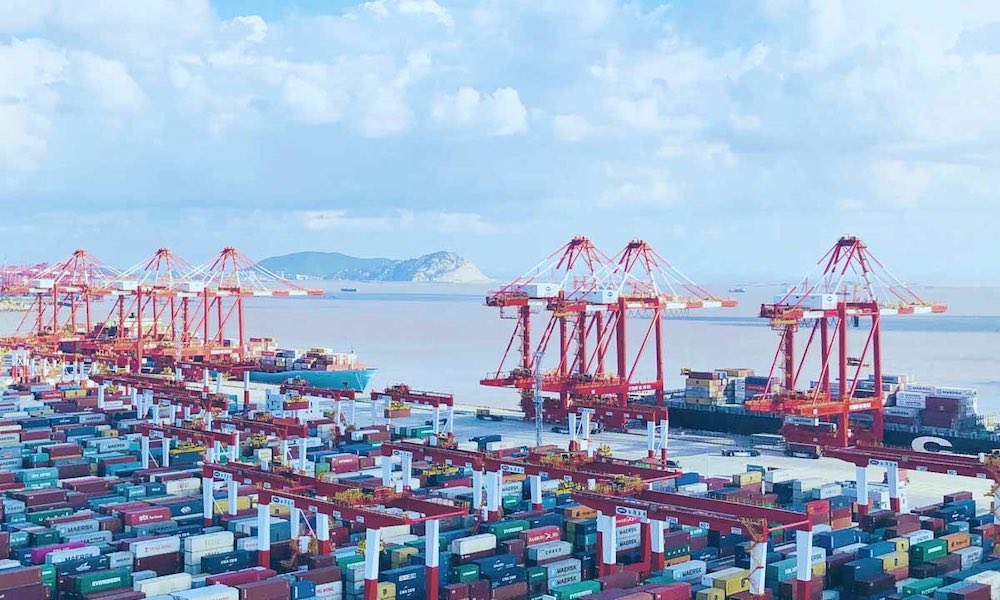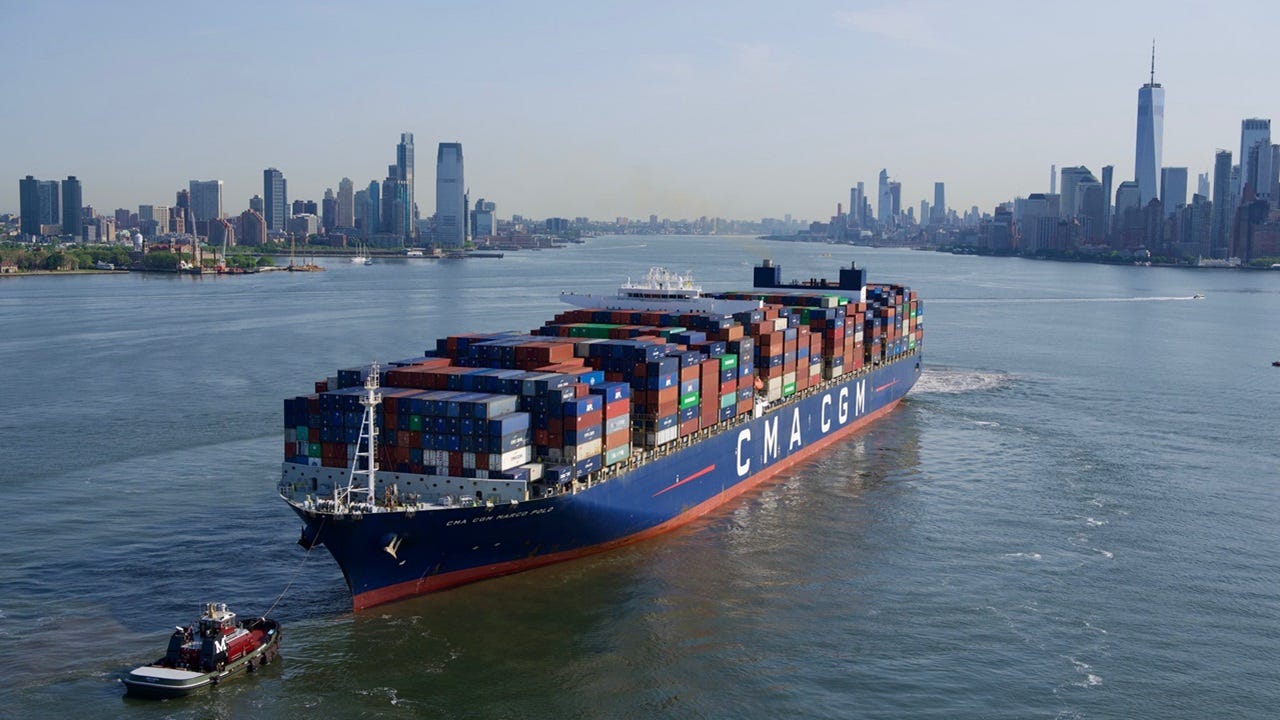CONTAINER FREIGHT RATES CONTINUE 13-WEEK DECLINE AS SUPPLY-DEMAND IMBALANCE PERSISTS
The Drewry World Container Index (WCI) fell 3% to $2,044 per 40ft container this week, marking the 13th consecutive week of decline in global container shipping rates. The latest assessment...

The Drewry World Container Index (WCI) fell 3% to $2,044 per 40ft container this week, marking the 13th consecutive week of decline in global container shipping rates. The latest assessment from Drewry reveals diverging trends across major trade lanes, with Transpacific rates rising while Asia-Europe rates continue to fall.
This extended decline comes amid mounting concerns about oversupply in the container shipping market and uncertain demand conditions. Industry analysts point to the growing imbalance between shipping capacity and cargo volumes as a key factor driving the sustained rate pressure.
On Transpacific routes, spot rates are experiencing modest gains following General Rate Increase (GRI) announcements by several carriers. Rates from Shanghai to Los Angeles increased 6% to $2,678 per 40-foot equivalent unit (FEU), while Shanghai to New York rates rose 2% to $3,743 per FEU. Despite these increases, Drewry analysts remain skeptical about the sustainability of these higher rates, noting: “Despite the upcoming Golden Week holidays in China, it is unlikely that these rates will be sustained without further cuts to shipping capacity.”
Meanwhile, Asia-Europe trade lanes continue to face significant downward pressure. Rates from Shanghai to Rotterdam plummeted 10% to $2,143 per FEU, with Shanghai to Genoa routes dropping even further, down 12% to $2,342 per FEU. Drewry attributes this decline to carriers’ struggles to manage capacity as new vessels enter service amid softening demand.
WCI Trade Routes from Shanghai (US$/40ft). Source: Drewry World Container Index, Drewry Supply Chain Advisors
The rate decline coincides with broader concerns about U.S. container imports, which are projected to decrease through the remainder of 2025 in the wake of a near-record peak this summer. Import volumes now expected to steadily fall amid ongoing tariff uncertainty.
Jonathan Gold, NRF Vice President for Supply Chain and Customs Policy, highlighted the extensive impact of escalating trade tensions: “We have seen the implementation of reciprocal tariffs across the globe, with a number of key trading partners being subjected to tariffs higher than the earlier 10% tariffs. We also continue to see more and more sectoral tariffs impacting a wider scope of products.”
The ongoing legal battles over tariff implementation add another layer of uncertainty. A federal appeals court recently ruled against President Donald Trump’s use of the International Emergency Economic Powers Act to impose tariffs, though these remain in place pending an appeal to the Supreme Court. Trump has delayed an increase in tariffs on China by 90 days to November 10 to allow trade negotiations to continue, while an additional 25% tariff on India took effect in late August, bringing the additional tariff rate to 50%.
“Tariffs have had a significant impact on trade. The trade outlook for the final months of the year is not optimistic,” commented Hackett Associates Founder Ben Hackett.
Looking ahead, Drewry’s Container Forecaster expects the supply-demand balance to weaken further in the second half of 2025, which will likely cause spot rates to contract further. The report notes that “the volatility and timing of rate changes will depend on Trump’s future tariffs and on capacity changes related to the introduction of US penalties on Chinese ships, which are uncertain,” referring to USTR port fees set to be implemented in mid-October.
The upcoming Golden Week holidays in China, beginning October 1, may provide temporary relief through an increase in blank sailings, but Drewry still expects rates to decrease slightly in the coming weeks for Asia-Europe routes.
This extended rate decline reflects a significant shift from the record-high container rates seen during the pandemic and post-pandemic recovery periods, underscoring the cyclical nature of the shipping industry and its vulnerability to macroeconomic and geopolitical factors.
Mike Schuler









